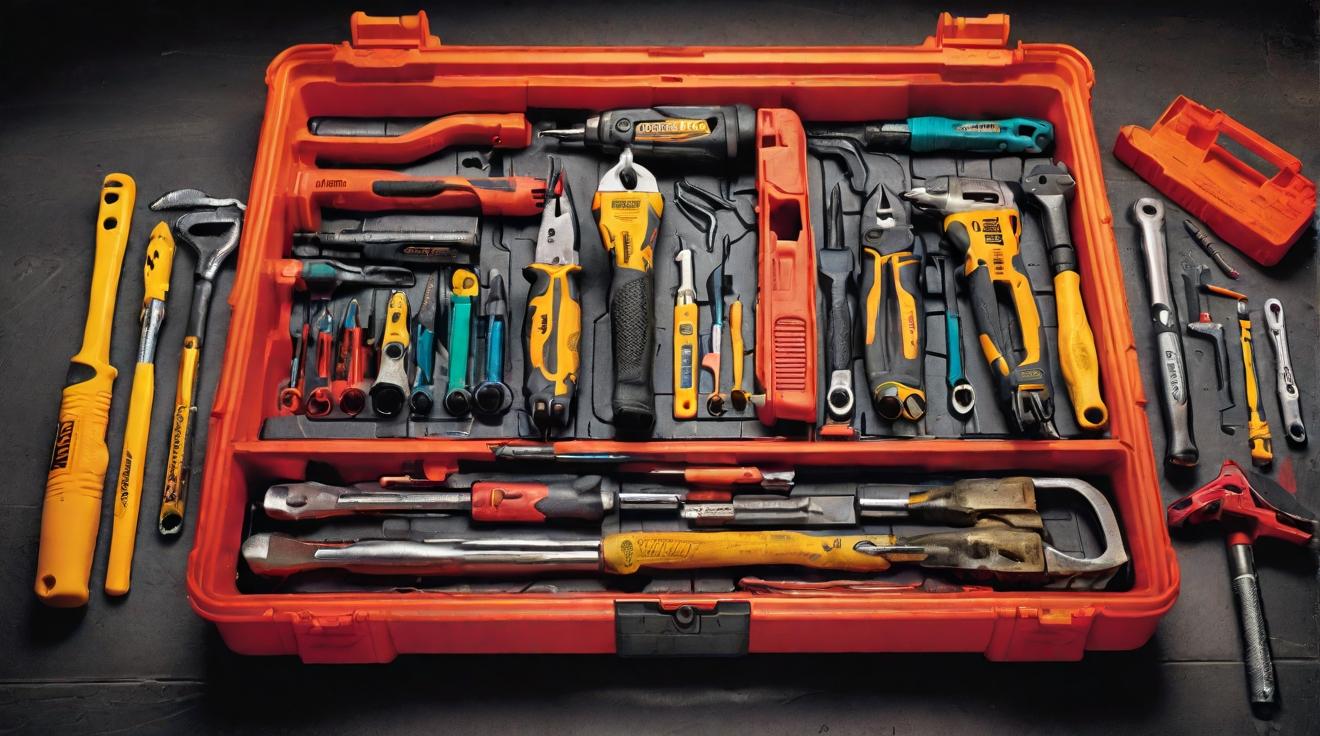Snap-On Faces Downturn in Quarterly Sales Amid Lower Tool Demand
In a surprising turn of events, Snap-On has failed to meet Wall Street estimates for its first-quarter sales, hinting at a broader slowdown within the tools and equipment sector. The company experienced a significant decline in purchases from vehicle service and repair technicians, drastically affecting its financial performance, despite maintaining steady demand in the auto dealership segment.
The Kenosha, Wisconsin-based company reported a 7% decrease in sales within its tools segment, dropping to $500.1 million in the quarter ended March 30. This decline was accompanied by a substantial reduction in operating earnings, which fell to $117.3 million from $131.7 million a year prior. The fall in demand for Snap-On's smaller wrenches and ratchets has been attributed to higher tool prices, prompting U.S. repair technicians to scale back their spending.
Furthermore, the company's "Commercial & Industrial" division, which serves vital sectors such as transportation, military, aerospace, and power generation, faced a setback with sales dipping to $359.9 million from $363.8 million. This decline is primarily due to weakened demand for power tools.
Contrastingly, Snap-On witnessed robust demand for undercar equipment from both original equipment manufacturer (OEM) dealerships and independent repair shops, offering a glimmer of hope in bolstering its profits amidst the downturn.
As part of its forward-looking strategy, Snap-On anticipates ramping up its capital expenditures to between $100 million and $110 million in 2024. This increased spending aims to capture new customers, explore fresh markets, and expand into new geographic regions, showcasing the company's resilience and adaptability in face of current challenges.
Despite these efforts, Snap-On's total sales lingered at $1.18 billion in the first quarter, staying flat compared to the previous year, yet failing to match analysts' expectations of approximately $1.20 billion. Nevertheless, the company managed to exceed earnings expectations, posting an adjusted profit of $4.75 per share, surpassing the projected $4.64.
Snap-On, renowned for its high-quality products like Blackhawk collision repair equipment, John Bean wheel balancers, and Williams hand tools, remains committed to navigating through the current downturn with a strategic focus on long-term growth and customer satisfaction. As it braces for a challenging market, the company's ability to adapt and innovate will be crucial in overcoming the hurdles ahead.
Analyst comment
Negative news. As the demand for tools decreases, Snap-On’s sales and operating earnings have declined. However, there is potential for growth in the undercar equipment segment. Snap-On plans to increase capital expenditures to capture new customers and explore new markets, but overall sales fell short of expectations. Snap-On’s ability to adapt and innovate will be vital in navigating the challenging market ahead.













